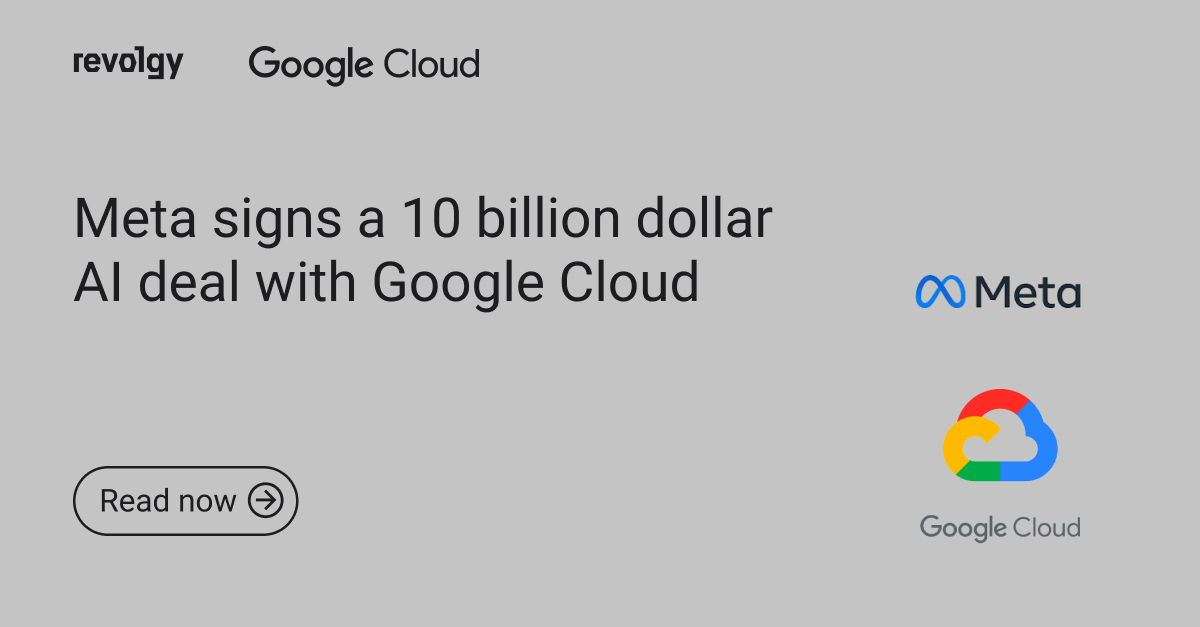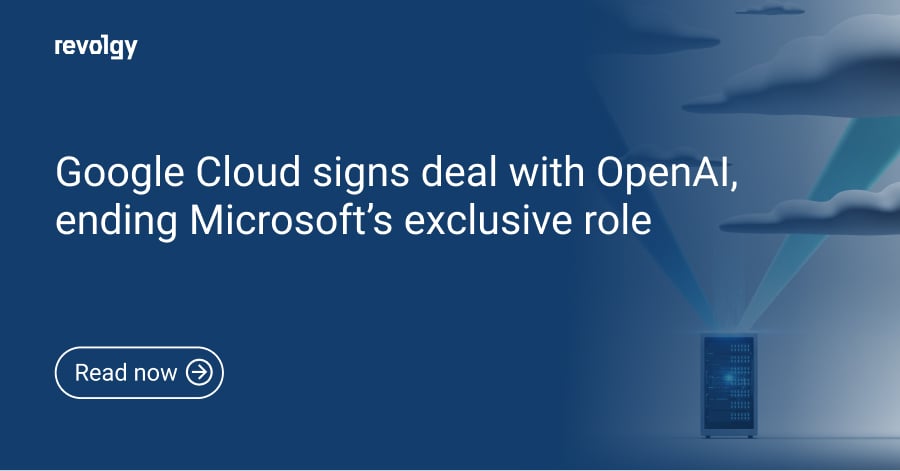GCP, AI
A beginner’s guide to getting started with AI in your business
Many companies want to use AI, but they don’t know how. Their teams read about ChatGPT, watch demos, and even test a few tools, but nothing moves forward. There are no results, no internal plan, and pressure is building from managers, investors, or leadership.
We see this a lot. Teams know AI is important, but they don’t know where it fits in their work. They see others talking about it or testing AI tools, and they start to feel like they’re falling behind. That pressure to do something (without a clear plan) often leads to waiting or projects that don’t go anywhere.
This guide looks at the most common reasons companies struggle to get started and shows how you can take the first step with AI in your business, even if you’re starting from scratch.
What holds companies back from adopting AI
Most companies run into the same problems. Here are some of the most common ones:
- No clear idea of how AI applies to their business
- Tools feel too complex or too abstract
- No simple, testable use cases
- Projects are spread across teams with no clear owner
- Uncertainty about whether existing data is usable
- Teams lack the confidence to build or experiment
- No clear roadmap or process to move from idea to result
Often, people play around with ChatGPT or try out a few features in the cloud, but things never move past these individual experiments. Teams also waste time building one-off models or proof of concepts (PoCs) that don’t go anywhere. When leadership asks what the teams are actually doing with AI, there’s usually no clear answer or plan.
It’s not because people aren’t interested enough. It’s often because companies don’t have the internal knowledge, structure, or capacity to connect AI technology to actual business outcomes.
But AI has been moving really fast, and waiting too long can mean you lose precious time to get ahead of your competition and, in the long run, pay more for late implementation.
How to start using AI in practice
We help companies adopt AI easily and quickly, so you can move from thinking about AI to actually doing something with it, even if you’re starting from zero. Working with us has two main parts:
Phase 1: Exploration (2–3 weeks)
First, we run a structured discovery workshop with your team to understand core processes, biggest inefficiencies, and opportunities.
Together, we identify 3 to 5 real use cases where AI can help, like improving internal search, automating manual tasks, or analyzing data faster. Each use case includes benefits, complexity, an adoption roadmap, and technical feasibility.
After that, we’ll deliver a readiness assessment, highlighting what skills, data, tools, ownership, and effort are needed.
Phase 2: Execution (4–8 weeks)
After the business chooses a priority use case, Revolgy helps build a basic version of the solution. This might be a prototype, a PoC, or even a production-ready feature, complete with implementation support and training.
Outcome: In about 6 weeks, you get a working AI solution and a clear plan for what to do next. Your team learns how it works and feels more confident using AI in everyday tasks.
Supporting projects that make AI work long-term
Our services are a good fit if you need to get started quickly. But many companies also need help with bigger challenges around data and internal knowledge. Revolgy offers support for these areas too, depending on where you are today.
Once you’ve launched your first AI prototype or pilot, the next step is often to improve the systems around it, like how your teams access information, how your data is stored, and how you turn business data into tools that help daily work.
Here are three areas where we support practical, day-to-day AI adoption.
Finding information inside the company using Vertex AI Search
Documents are often stored across tools like Asana, Confluence, Notion, Google Drive, and shared folders. People waste time looking for answers, or asking colleagues instead of finding the source themselves.
We help companies set up an internal search system that connects these tools. It uses an AI-powered enterprise search solution based on Google Cloud’s Vertex AI Search. People can ask questions in natural language and receive context-aware answers based on the company’s documents.
Using data for real-world tools
Most companies use their data warehouse for reporting and dashboards, which is useful but only one part of what the data can do. Revolgy helps teams take that same data and use it to build something practical.
We build and integrate custom AI/ML applications that use the data within your existing data stores (like BigQuery) to deliver predictive insights and automated decisions. The goal here isn’t to build “AI products,” but to take an existing process, see where decisions could be supported by data, and build something that works.
Data warehouse migration & modernization
Old data platforms are often expensive to run, hard to update, and don’t connect well with modern AI and machine learning tools.
We help you move your data to Google BigQuery, a modern data warehouse that works smoothly with Google Cloud and AI tools. We make sure everything is done step by step so you get a more flexible and affordable data platform that’s ready to support machine learning, better reporting, and future growth. All of this runs on Google Cloud.
What happens if you do nothing?
Some companies hesitate because they’re unsure if now is the right time to start with AI. But waiting often leads to the same outcome. Nothing gets delivered. Small tests don’t scale. There’s no shared plan or direction. Meanwhile, other companies might be getting ahead.
Once AI features become standard in tools your teams already use, like CRMs or Docs, companies that haven’t learned how to use them well will have a hard time keeping up. Waiting feels like a safe option. But it can lead to missed opportunities and growing pressure inside the company.
If you’ve been reading about AI for months and still haven’t taken a real step, this is that step. To learn more about what the process looks like or whether your company fits, reach out to Revolgy’s team.



